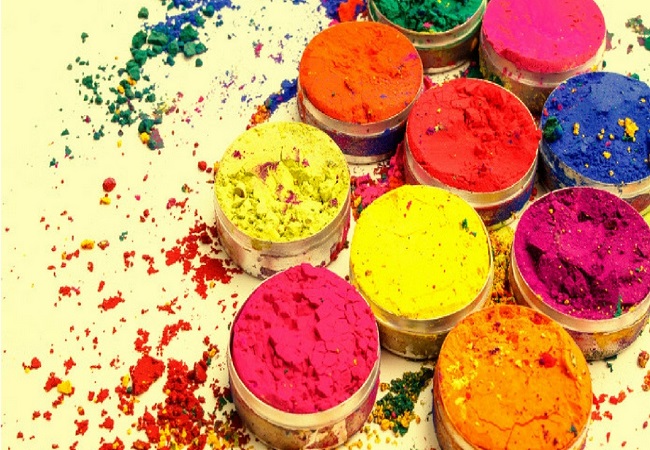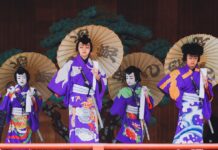NEW DELHI: While Holi is a time for jubilation, spreading festive cheer and colour among friends and family, we should also be alert about what we eat and which colours we are applying to others. A team of doctors has warned people against the level of adulteration in colours, sweets and other food items being sold in the markets before the festival.
Doctors at Paras Hospitals Gurugram suggested that people should think twice before buying such products as they could be injurious to health and called for immediate medical attention during the time when the cases of COVID-19 are again increasing in the city.
According to a report from the Society of Pollution and Environmental Conservation Scientists (SPECS), laboratory tests have shown that there are a lot of harmful metals in these Holi colours including mercury sulphite in red colour, copper sulphate in green colour, chromium iodide in purple colour, aluminium bromide in silver colour and lead oxide in black colour.
Therefore, doctors suggested that one can use natural colours or flowers this time and keep the enthusiasm of the festival intact.
Speaking about the harmful effects of synthetic colours on one’s health, Dr Ekta Nigam, Senior Consultant – Dermatology and Cosmetology, Paras Hospitals, Gurugram, said, “These colours are toxic and can cause skin cancer, minamata, eye allergy, temporary blindness, bronchial asthma, allergies, renal failure and learning disability. Most colours which we get in the market are metal oxide or industrial dyes. When washed, these colours can pollute soil and water systems besides harming our body.”
Even the ophthalmologist asked to follow extra precautions for the eyes because the colour particles can be injurious and can lead to blindness.
“As the synthetic Holi colours contain heavy metals like lead and if it gets inserted in your eyes it may causes red eye, chemical burnor corneal abrasion. The green colour used during Holi can cause temporary blindness.Therefore, it’s imperative that you shoukd protect your eyes using a sunglass. Make sure you haven’t put on the contact lenses because if the colour gets trapped in them it can cause infection. Avoid rubbing your eyes if you are having certain irritation in eyes, rather splash cold water in them,” said Dr Rishi Bhardwaj, head of the ophthalmology department, Paras Hospitals, Gurugram.
And it is not just synthetic colours that one needs to stay away from, instead, one should also be cautious of the adulterated food items that can cause health issues.
When it comes to sweets including milk, mava, paneer, milk cake, burfi, Gujia, batasha, Gulab Jamun, the items available in the market are also marred by adulteration. The adulterated samples are totally synthetic which contain chemicals like urea, detergent, Arrarot powder, and refined oil. Refined flour which is used for making gujiyas is also found to be adulterated.
Neha Pathania, Chief Dietitian, Paras Hospitals, Gurugram talked about the necessary precautions one can take to keep safe from adulterated products.
She said, “For an enjoyable experience on Holi, home-cooked food items and actually organic colours made from easily available items used traditionally should be used instead of the products being sold in the market. If you’re purchasing anything from the market, do check the expiry date of food products purchased.”
“Sweets and desserts are highly perishable, so make sure that you are eating a freshly-made product. Detox the next day by hydrating yourself well and incorporating extra fruits and green vegetables in your next day’s die to compensate for the extra calories you had, “concluded Dr Pathania.
This year Holi will be celebrated on March 29. Even though it is a predominantly Hindu festival, it is celebrated by people of other faiths as well. It marks the arrival of the spring harvest season in the country.
People celebrate the festival by binging on some lip-smacking sweets, thandai and splash coloured powder, water, and balloons while chanting “Holi Hai”.
The evening before Holi is known as Holika Dahan or Chhoti Holi during which people light a bonfire to signify the burning of the demon Holika. (ANI)







